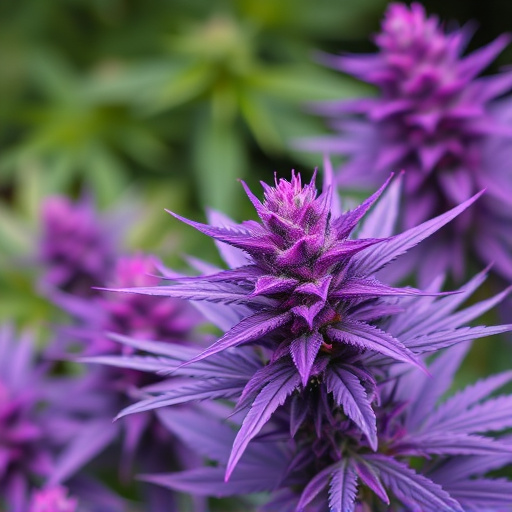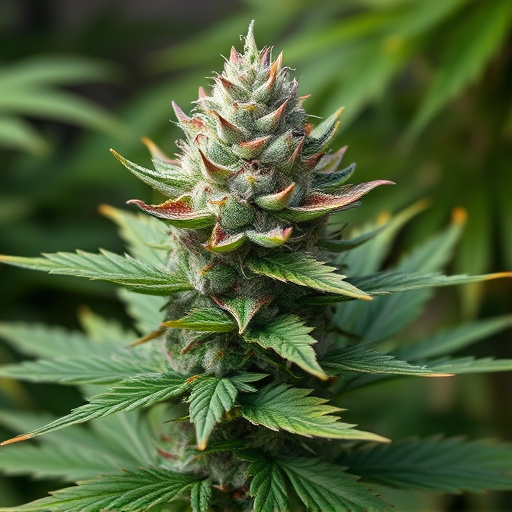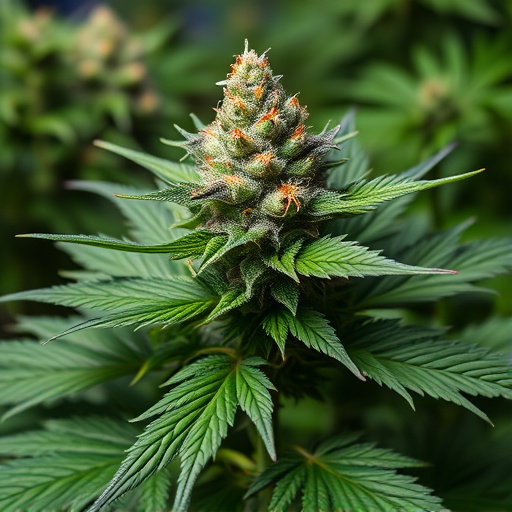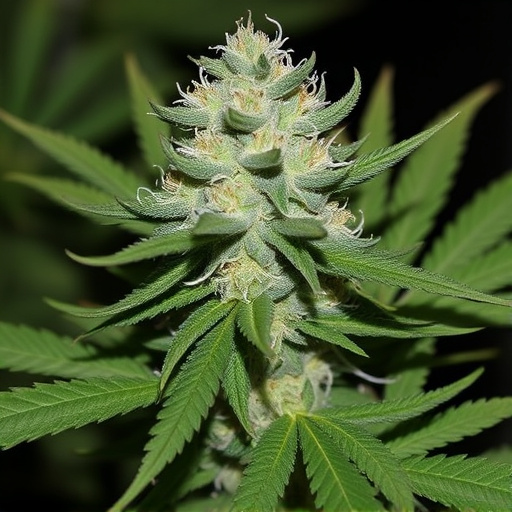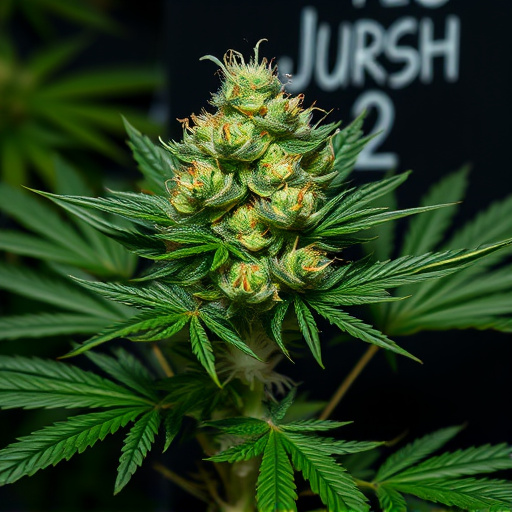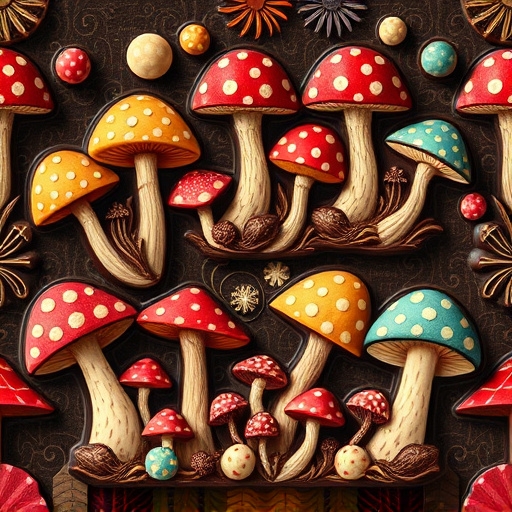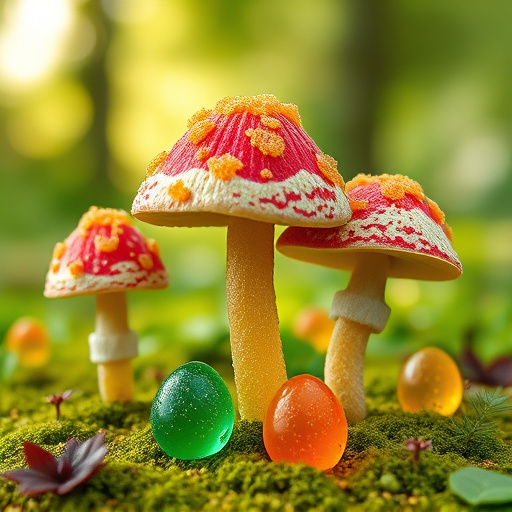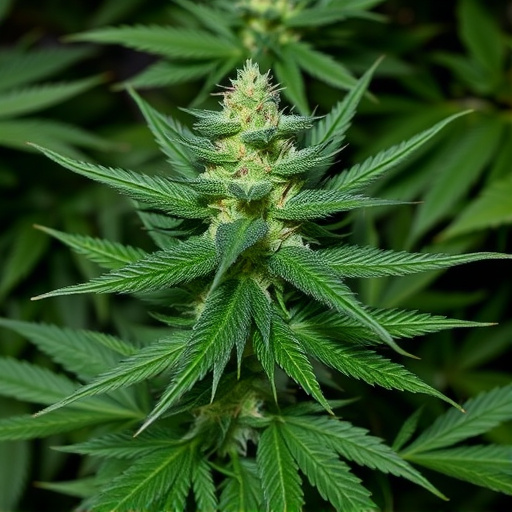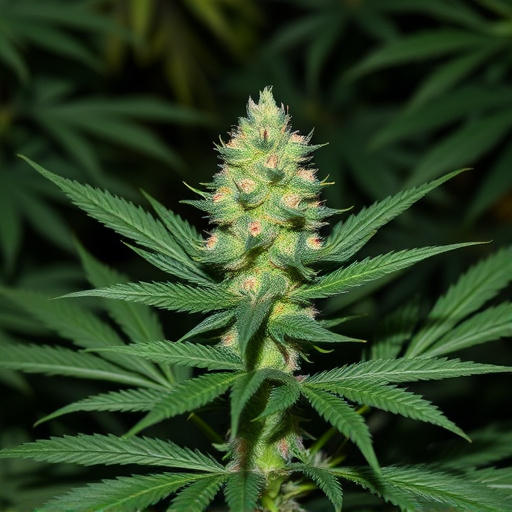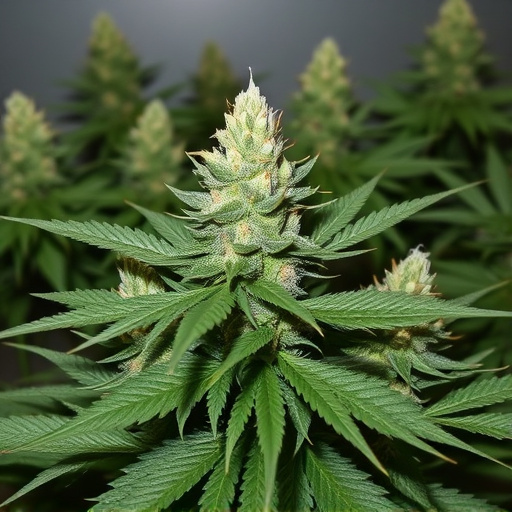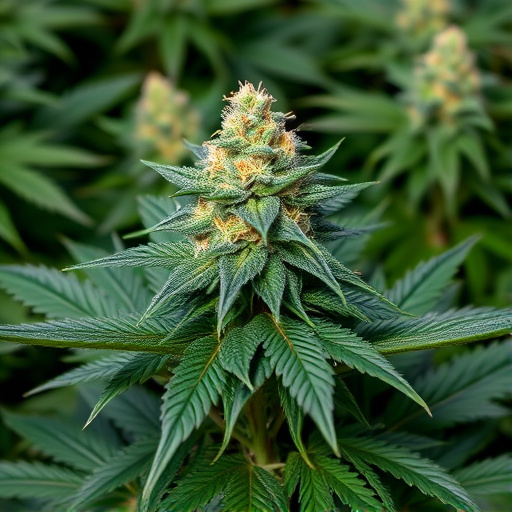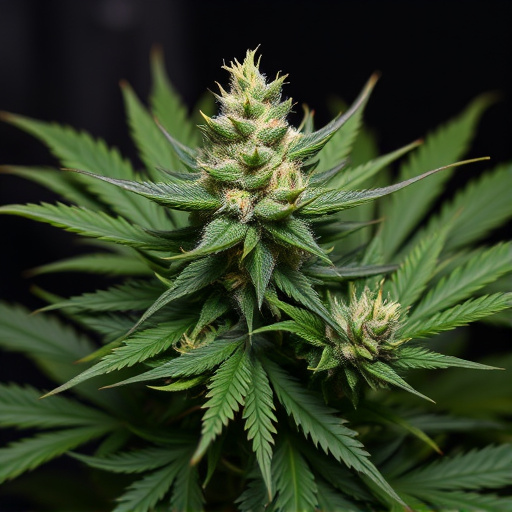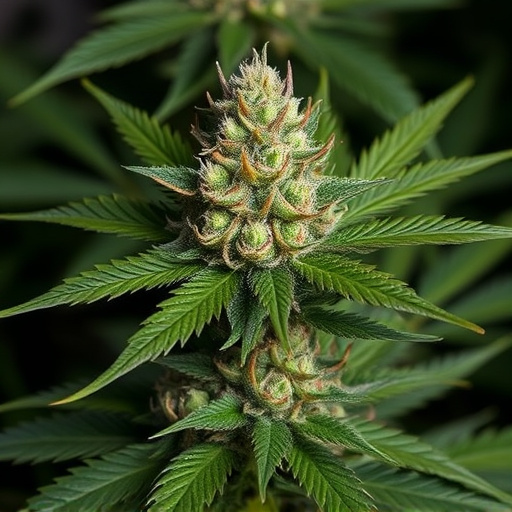The vibrant colors of indica cannabis strains (indica cannabis strains) aren't just cosmetic—they result from complex chemical interactions. As the plants mature, chlorophyll breaks down, revealing hidden pigments that transform blooms from green to rich purples, blues, and oranges. Key contributors include anthocyanins (red, purple, blue) and carotenoids (yellow, orange, brown), influenced by environmental factors like light exposure, temperature, and humidity. This color change is crucial for indica strains' development and potency, with specific wavelengths of light triggering anthocyanin production. Growers use these visual cues to harvest at peak potency, ensuring the desired effects and flavors of mature indica cannabis strains.
Cannabis flowers, renowned for their potent compounds, also captivate with their vibrant hues. This transformation isn’t merely aesthetic; it’s a complex interplay of pigments, primarily chlorophyll, and environmental cues. In this article, we explore why indica cannabis strains, in particular, change color during bloom. From the science behind pigment shifts to understanding visual indicators that influence harvesting decisions, uncover the secrets behind these stunning floral transformations.
- The Role of Chlorophyll and Other Pigments in Cannabis Flower Color
- Environmental Factors Influencing the Change in Indica Cannabis Strains' Color
- Understanding the Visual Indicators and Their Impact on Harvesting Decisions
The Role of Chlorophyll and Other Pigments in Cannabis Flower Color
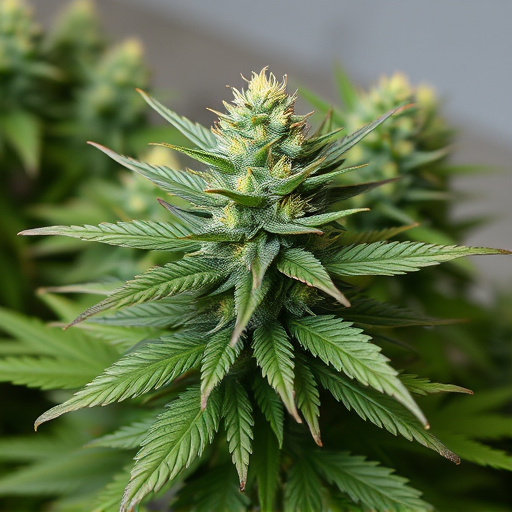
The vibrant colors we associate with cannabis flowers aren’t just for aesthetic appeal; they’re a result of complex chemical interactions within the plant. As cannabis flowers develop, various pigments play a crucial role in their final hue. Chlorophyll, primarily responsible for the green color in many plants, is one such pigment. In indica cannabis strains, chlorophyll gradually breaks down as the flower matures, revealing other pigments hidden beneath. This process allows us to witness the breathtaking transition from verdant greens to rich purples, blues, and oranges.
Other pigments, like anthocyanins and carotenoids, contribute significantly to the color change. Anthocyanins, water-soluble compounds, are responsible for the red, purple, and blue hues often seen in cannabis flowers. Carotenoids, on the other hand, produce yellow, orange, and brown colors. The balance of these pigments determines the unique and captivating colors we associate with different indica strains.
Environmental Factors Influencing the Change in Indica Cannabis Strains' Color
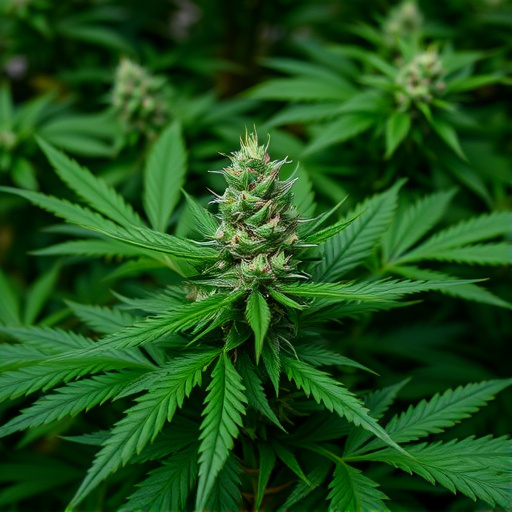
The transformation of cannabis flowers from verdant green to vibrant hues like purple, pink, or orange is a captivating process influenced by various environmental factors. For indica cannabis strains, known for their relaxing and sedative effects, color change plays a significant role in their overall development and potency. One of the primary contributors is light exposure; specific wavelengths of light, particularly ultraviolet (UV) radiation, trigger the production of anthocyanins—pigments responsible for shades of blue, purple, and red. As indica plants mature under natural sunlight conditions, they experience longer days and shorter nights, stimulating this pigment synthesis and leading to the characteristic color shift.
Additionally, temperature and humidity levels significantly impact color development. Cooler temperatures and higher humidity often encourage a richer display of colors, with some strains producing more intense shades of purple or pink. Conversely, warmer conditions can delay or alter the color change process, resulting in less vibrant tones. These environmental factors interact intricately, influencing the final aesthetic and potentially affecting the therapeutic properties associated with different indica cannabis strains.
Understanding the Visual Indicators and Their Impact on Harvesting Decisions
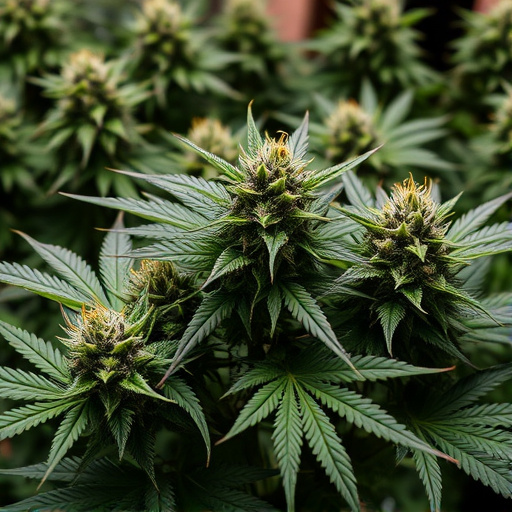
The visual transformation of cannabis flowers during their development is a fascinating aspect for growers and enthusiasts alike. As cannabis plants approach maturity, the vibrant green foliage gradually transitions to striking hues of orange, red, and purple. This colorful metamorphosis isn’t merely aesthetically pleasing; it serves as a powerful indicator of the plant’s physiological state and potential yield.
Understanding these visual cues is crucial when deciding on the optimal harvesting time for indica cannabis strains. The color change often signals that the flowers have reached their peak potency, with higher levels of terpenes and cannabinoids. Growers can use this knowledge to make informed decisions about when to harvest, ensuring they capture the desired effects and flavors associated with mature indica strains.
The vibrant colors of cannabis flowers, particularly in indica strains, are more than just aesthetic; they serve as visual indicators of maturity and quality. Understanding the interplay between chlorophyll and other pigments, as well as environmental factors, allows cultivators to make informed harvesting decisions. By recognizing these color changes, growers can ensure they offer consumers the best possible experience, showcasing the unique characteristics of each indica cannabis strain.
